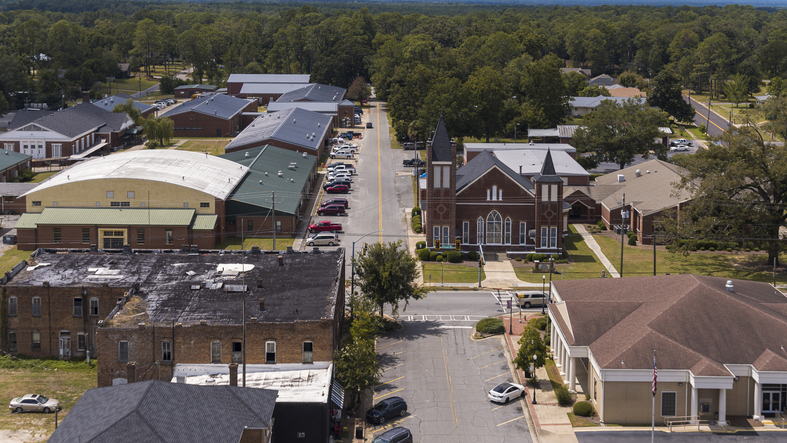Georgia farmers with reduced plant stands can help alleviate those problems next season by correcting settings and using downforce on their planters, according to Wes Porter, University of Georgia Cooperative Extension irrigation specialist and precision agriculture expert.
Downforce is the pressure farmers apply to their row unit to ensure that it’s maintaining the depth at which the planter is set. Farmers typically set planter depth, but don’t always check or change the downforce of their planters, Porter said.
Producers can save time, seed and money by understanding the use of downforce when planting their crops. The downforce system on the planter can help growers avoid planting seed at the incorrect depth — either too deep or too shallow — which can leave the crop vulnerable to the environment, resulting in a lack of germination and stand establishment and subsequent yield loss.
High temperatures and lack of rainfall in May led to difficult planting conditions for farmers with dryland fields, or fields lacking adequate irrigation. In multiple fields, Porter discovered that if seeds weren’t planted deep enough, they didn’t germinate and emerge.
“If we didn’t put the seed down where it needed to be, right near the surface, soil temperatures were so hot this year we basically burned the seeds and they never germinated,” Porter said. “You can still see poor stands now in fields all around the state.”
It's important to consider the field conditions when setting downforce. Imagine a grower who tries to plant in late spring when it's dry and near or at 100 degrees Fahrenheit. His planter requires a lot more downforce to plant seeds at the proper depth because the soil is harder. If the grower plants in moist soil, he doesn’t need as much downforce, Porter explained.
The same is true if you compare a sandy soil with a soil that contains more clay. Sandy soil is much looser and softer, so farmers don’t need as much downforce versus planting in a clay soil. The amount of downforce is critical for seed to reach the appropriate depth.
“There are advanced control systems available, either retrofitted on the tractor or from the factory, that will help maintain downforce at a uniform setting throughout the field, aiding in maintaining the target seed depth. It’s really important, if we want to achieve that proper depth, that we set a proper downforce,” Porter said.
Porter learned from communicating with farmers that downforce is a planting factor most don’t usually consider.
“A lot of farmers don’t even really know how to properly set the downforce on their planters to match their field conditions. That’s why we started this project — to really show the importance and educate our producers on it,” he said.
Porter was recently honored for his work in precision agriculture. For more information, see the CAES Media Newswire.








